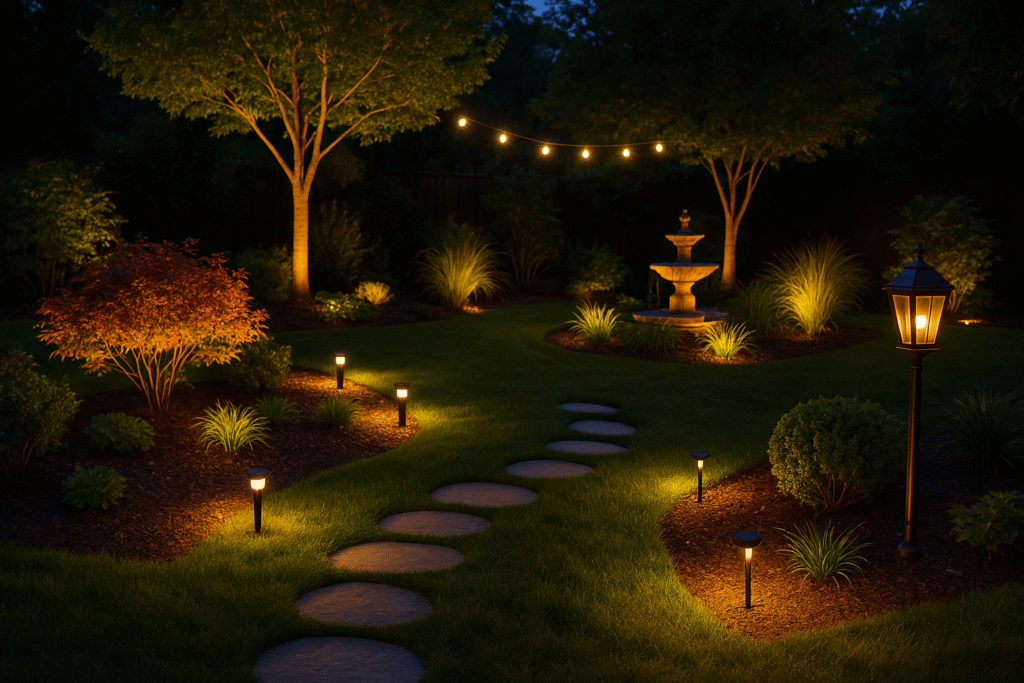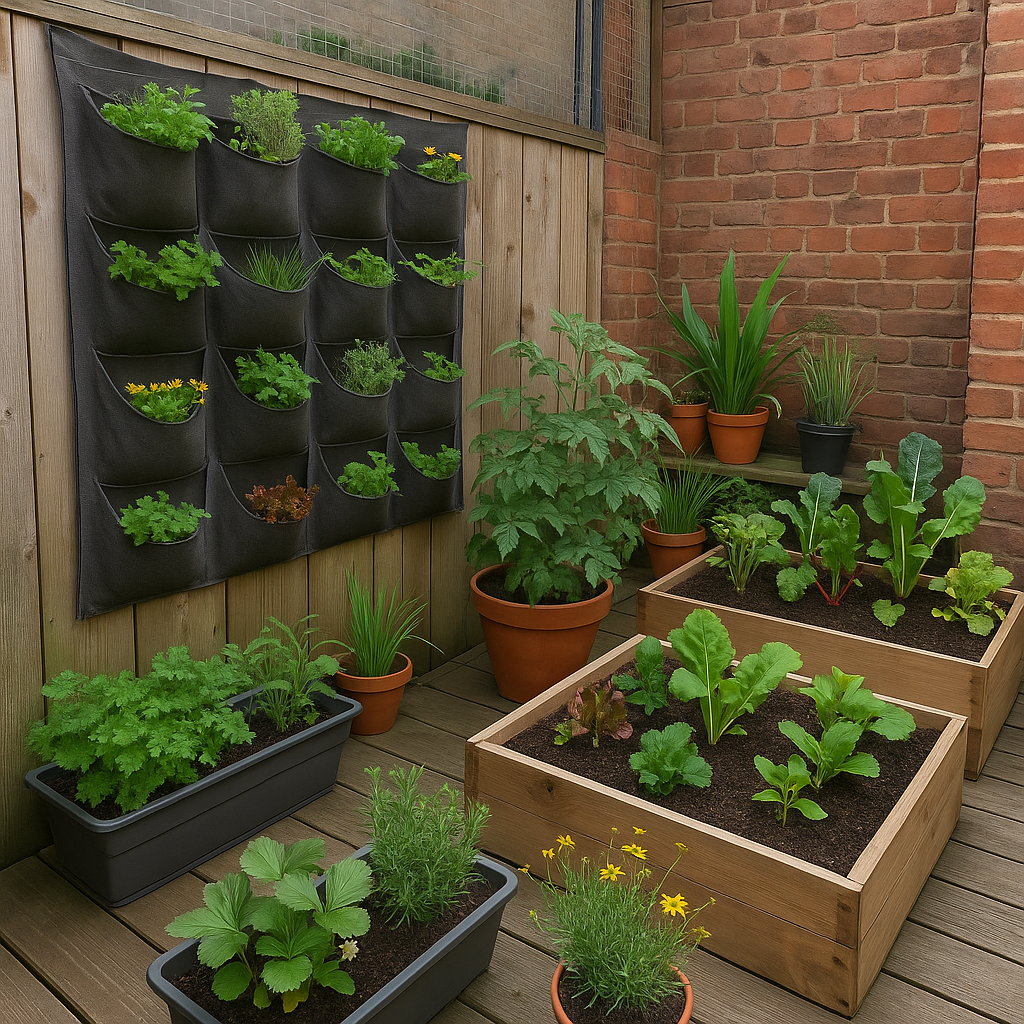How to Install Floating Shelves Like a Pro: A Step-by-Step Guide
🧰 Why Floating Shelves? Floating shelves are more than just…
🧰 Why Floating Shelves?
Floating shelves are more than just sleek design features—they’re minimalist, functional, and space-saving superheroes. Whether you’re styling a modern kitchen or organizing your home office, these shelves can carry the weight of your design dreams (literally!).
According to interior architect Dr. Lara Wills, “Floating shelves are a perfect mix of engineering and aesthetics. They look weightless, but when properly installed, they’re strong and timeless.”
📌 Tools and Materials You’ll Need
Before we dive into the how-to, here’s your quick checklist:
- Floating shelf kit
- Level
- Stud finder
- Measuring tape
- Power drill
- Screws and anchors
- Pencil
- Wall plugs (for drywall)
🧠 Pro Tip: If you’re installing on tile or brick, grab a masonry bit and wall anchors designed for those surfaces.
📏 Step 1: Measure and Mark Like a Scientist
Grab your measuring tape and decide exactly where the shelves should go. Use a level to ensure your lines are straight—this is not a place to eyeball.
🔍 Expert Note: According to physics educator Paul Jensen, “Even slight misalignment creates torque over time, which may cause a shelf to loosen.” Translation? Level it right.
🧱 Step 2: Locate the Studs (or Use Heavy-Duty Anchors)
Use a stud finder to locate wall studs—anchoring directly into a stud gives the best support. If studs aren’t available where you want your shelf, wall anchors are your next best friend.
🛠 Did You Know? Shelves anchored into drywall alone (without proper anchors) can support only around 10-15 pounds—stud-mounted shelves can handle 50+ pounds easily.
🔩 Step 3: Drill the Bracket Holes
Now drill pilot holes into the wall where you’ve marked your brackets. This reduces the chance of cracking the wall or stripping the screws.
📌 Pro Tip: Drill slowly and use painter’s tape to catch dust—it’s the little things.
🔧 Step 4: Mount the Brackets
Screw the bracket into the wall using your power drill. If you’re using anchors, insert them first and then drill the screws into the anchors.
📏 Double-check with a level again. One crooked bracket can ruin the entire aesthetic.
🪵 Step 5: Attach the Shelf
Slide the shelf onto the installed bracket. Most floating shelves come with hollow back slots that slip directly onto the wall bracket.
🧠 Expert Insight: “Friction and gravity are doing more work here than people realize,” says materials engineer Dr. Naoko Lin. “Precision fit is crucial.”
🧼 Step 6: Style and Enjoy!
Now that the shelf is installed, it’s time to decorate. Whether you’re placing plants, books, or a curated collection of travel mugs—keep the weight evenly distributed and avoid overloading.
✅ Bonus Tips for a Professional Finish
- Paint the wall first for a cleaner look.
- Use a stud finder app if you don’t have the tool.
- For heavy-duty shelves, choose metal brackets hidden within wood.
- Always check the shelf’s maximum weight limit.
🔎 Popular Search Terms Related to This Topic
- DIY floating shelves installation
- How to hang floating shelves without studs
- Installing shelves on drywall
- Best wall anchors for floating shelves
- Tools needed to install floating shelves
🛋 Final Thoughts
Installing floating shelves is one of the most satisfying DIY projects. It combines creativity with a touch of engineering, all while adding style and storage to your space. With the right tools, a careful approach, and a bit of patience, you can absolutely do this yourself.
Got a shelf project in mind? Share your setup or questions in the comments—we’d love to help make your wall a masterpiece.





